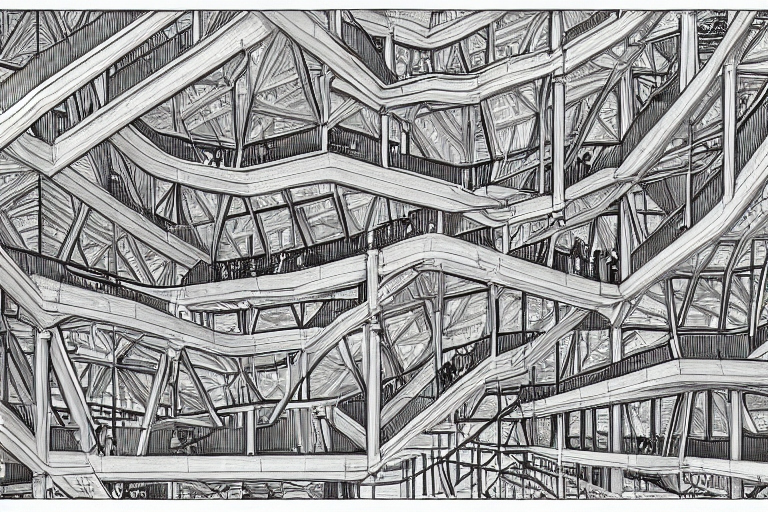Visualizing Concepts with Prototypes- A Guide

Creating a visual representation of an idea is an essential step in the product design process. It helps to communicate the concept effectively to stakeholders and team members alike. This is where prototypes come in handy. Prototypes are tangible representations of ideas that allow designers to test and validate their concepts..
What is a Prototype?
A prototype is a preliminary model of a product or an idea. It can be a low-fidelity model made with cardboard or paper, or a high-fidelity one made with advanced materials like metals or plastics. A prototype can either be functional or non-functional, depending on the goal of the designer. The primary objective of creating a prototype is to test and validate a concept before investing time and resources into building the final product.
Why Create Prototypes?
Prototyping allows designers to quickly iterate their ideas and make changes in real-time. They can test various design approaches, materials, and functionalities before selecting the best option for the final product. This not only saves time but also reduces the risk of costly mistakes down the line.
How to Create a Prototype?
Creating a prototype involves several steps, starting from ideation to testing. Here’s a step-by-step guide on how to create a prototype:
-
Ideation: The first step is to brainstorm ideas and select one that aligns with your goals.
-
Design: Once you have selected an idea, the next step is to create sketches or digital designs using software like SolidWorks.
-
Create Low-Fidelity Prototype: Create a basic low-fidelity prototype using 3D Printing or Laser Cut Plastic.
-
Test and Validate: Test the low-fidelity prototype with potential users for feedback on functionality and usability.
-
Create High-Fidelity Prototype: Using feedback from user testing, create a more advanced high-fidelity prototype using advanced materials like metal or plastic.
-
Test and Validate Again: Test the high-fidelity prototype once again to ensure it meets all requirements before starting mass production.
Benefits of Prototyping
Prototyping has many benefits for designers, including:
- Reducing design costs by identifying potential issues early in the process.
- Getting valuable feedback from users before finalizing designs.
- Testing different design approaches before selecting the best one.
- Creating excitement around an idea by making it tangible.
In conclusion, prototyping is an essential part of the product design process that enables designers to visualize their ideas and communicate them effectively to stakeholders and team members. By following this guide, you can create prototypes that will help you validate your concepts and bring your ideas to life!
*For more information on prototyping and other engineering services we offer, please visit our 3D Printing page.
If you would like more information on how Elite Engineering WA can help you with your next project please contact us for a quote or more information. Email sales@elitewa.com.au or Phone 1300 887 461
News
March 23, 2023
Share on:
